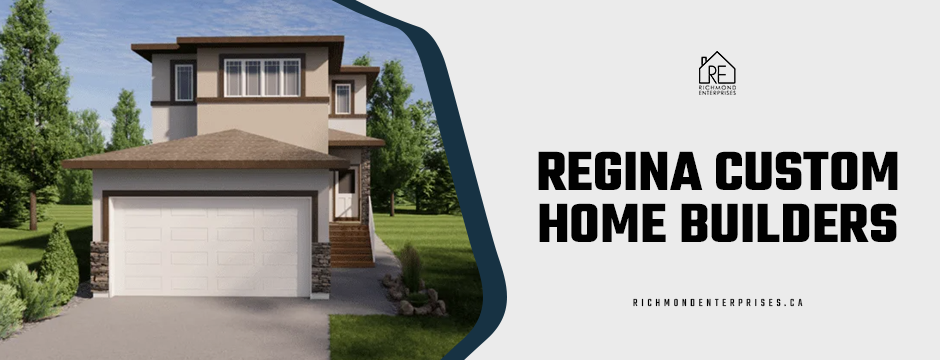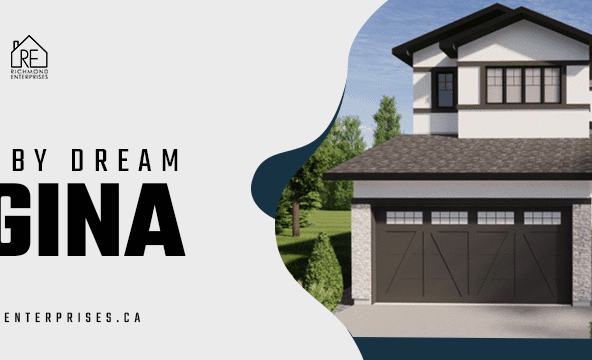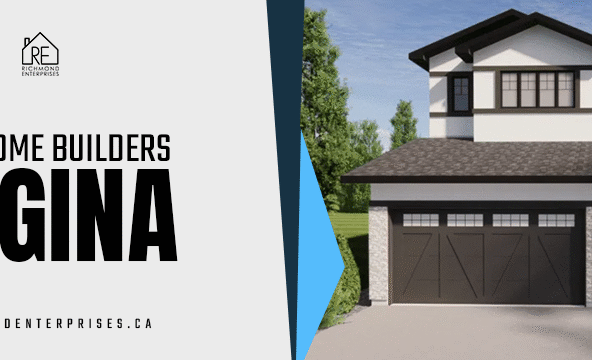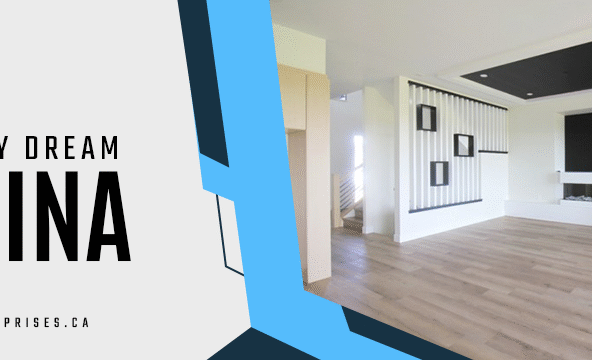Building a custom home is exciting — it’s the chance to shape a space entirely aligned with your dreams, needs, and tastes. In Regina, custom home building is growing in popularity, as more homeowners choose to invest in a home designed precisely for their lifestyle and the prairie climate. But even with the best intentions, the process can be fraught with challenges, surprises, and costly missteps. Many of these pitfalls stem not from malicious contractors or bad luck, but from avoidable oversights: unclear planning, budget miscalculations, poor communication, or failing to consider long-term needs.
If you’re planning to work with Regina Custom Home Builders, avoiding these common mistakes can save you time, stress, and money — and ensure you end up with a home you truly love. Below, I’ll outline key areas where homeowners tend to stumble and give practical tips to navigate them successfully. Whether this is your first custom build or you’re familiar with construction, keeping these “red flags” in mind will help you maintain control, clarity, and confidence throughout the journey.
Common Mistakes & How to Avoid Them
Starting Without a Clear Vision or Functional Plan
One of the biggest mistakes is diving into architectural drawings or Richmond homes for sale search before fully clarifying how you want to live in the home. Without a well-thought-out vision of your priorities, you risk making inconsistent, reactive decisions mid-build.
How to avoid this:
- Spend time on “life mapping” — define how you’ll use each space (e.g. how often you entertain, how your family moves through the house, future changes).
- Create a must-have vs nice-to-have list.
- Use sketches, bubble diagrams, and functional flow plans before finalising architectural drawings.
- Be intentional about how form and function intersect — a beautiful layout that doesn’t suit daily living can become a source of regret.
Underestimating or Delaying Realistic Budgeting
Many homeowners treat the budget as secondary or attempt to refine it later, only to find costs spiralling out of control.
How to avoid this:
- Start with a realistic, comprehensive budget early — include costs for site prep, permits, utility hookups, landscaping, contingencies, and design changes.
- Leave a buffer (10–20 %) for unforeseen issues.
- Request transparent line-item estimates from your builder and design professionals during the initial phases.
- Prioritise your features so you can scale back less critical items rather than compromise core vision later.
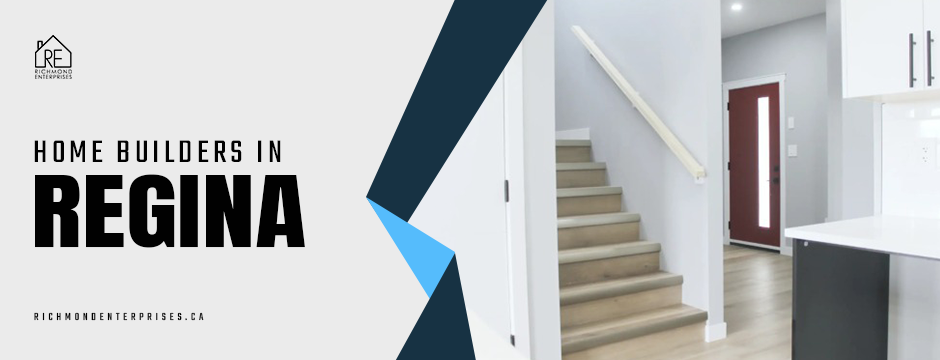
Buying the Lot Before Assessing Site Constraints
Choosing a lot first, then realising it has unfavourable topography, access challenges, soil issues, or utility constraints, is a frequent pitfall.
How to avoid this:
- Conduct a full site evaluation (geotechnical survey, soil test, drainage, zoning/regulations, and utility access) before purchasing.
- Work with both your architect and builder to see how your intended house footprint will “sit” on the land—sun exposure, slope, views, setbacks all matter.
- Check for required site prep work (grading, retaining walls, clearing) and include these in your cost assessments.
Ignoring Energy Efficiency, Sustainability & Long-Term Maintenance
Some regina custom home builders focus heavily on aesthetics or trendy finishes while neglecting energy performance or durability.
How to avoid this:
- Insist on high-performance insulation, sealed envelopes, efficient HVAC, windows, and mechanical systems.
- Use durable, low-maintenance materials in climates with harsh winters and temperature swings (a key concern in Regina).
- Consider passive solar design, proper orientation, daylighting, and shading—small adjustments early can save big costs later.
- Evaluate life-cycle costs (annual energy, repairs, replacement) rather than the upfront price alone.
Over-Customising Too Early or Excessively
One instinct of custom-home owners is to push every possible “unique” detail. But too many changes or elaborate custom elements can blow schedules and budgets.
How to avoid this:
- Start with a strong architectural core and shell; layer custom details later where they matter most.
- Use templated systems (modular cabinetry, standard window sizes) where possible to reduce lead times and change order risk.
- Prioritise custom features by emotional or functional weight — e.g. splurge on the kitchen but simplify closets or trim.
Poor Communication & Delayed Decisions
Regina home builders and trades rely on timely decisions and clear direction. When homeowners stall on finishes or communication is vague, progress stalls or errors creep in.
How to avoid this:
- Agree ahead of time on a decision timeline: which selections must be made by when to keep the schedule.
- Use shared project management tools or checklists to track outstanding items.
- Hold regular meetings, status updates, and site walks to stay aligned.
- Be as specific as possible — drawings, reference photos, material samples — when communicating desired outcomes.
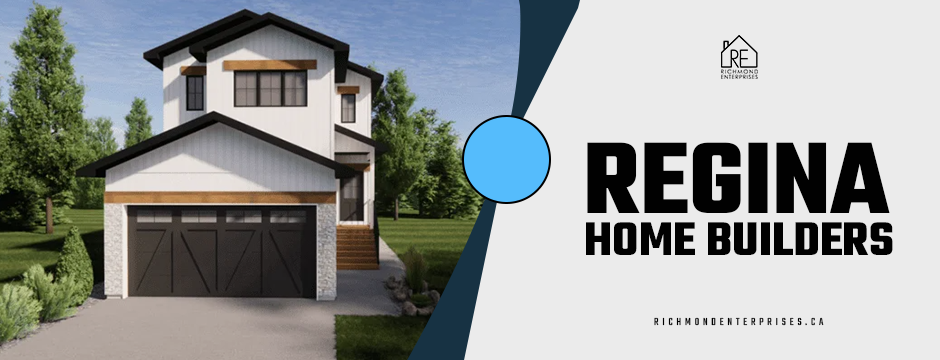
Making Big Changes Mid-Construction
Often, homeowners get excited, see new ideas, or feel pressure to “upgrade” mid-build, but late changes are notoriously expensive and disruptive.
How to avoid this:
- Treat design freeze as sacred: once structural or mechanical systems are locked, avoid mid-stream changes.
- Build in allowances or optional “upgrade windows” early, so changes can be absorbed more gracefully.
- Use mockups, 3D renderings, or material samples ahead of commitments to reduce regrets.
Failing to Vet and Choose the Right Builder
Not all home builders in Regina are created equal, and moving forward with an ill-suited builder can lead to misalignment, overruns, and dissatisfaction.
How to avoid this:
- Ask for references, past project photos, warranties, and documentation of quality work.
- Check that they are licensed, insured, and familiar with Regina’s building codes, climate challenges, and local suppliers.
- Observe how responsive, transparent, and detail-oriented they are during pre-contract phases—this often foreshadows future interactions.
- Clarify roles: who handles permits, site work, utility hookups, inspections, and punch lists? The clearer the scope of responsibility, the fewer surprises.
Wrapping Up
Working with Regina Custom Home Builders offers you the rare opportunity to create a truly personalised, efficient, and satisfying living environment — but only if you approach the process thoughtfully. Mistakes like vague vision, overlooked site constraints, delay in decisions, or miscommunication can derail even the most well-meaning project. The best defence is preparation: define your functional needs early, invest in realistic budgeting, vet your builder carefully, and guard against mid-game changes.
If you’d like more insights on the benefits and process of building a custom home in Regina, check out this article: Building Your Dream Home: The Benefits of Custom Homes in Regina from Richmond Enterprises .
|| Frequently Asked Questions ||
What should I look for when choosing a custom home builder in Regina?
Look for licensed and insured Regina Custom Home Builders with local experience, strong client references, transparent communication, and a clear understanding of Regina’s building regulations and climate challenges.
How can I avoid budget overruns during custom home construction?
Start with a detailed budget, including site preparation, permits, and contingencies. Get line-item estimates, make early selections, and avoid last-minute changes that can increase costs.
Why is it risky to buy land before hiring a builder?
Buying a lot before assessing site constraints like soil conditions, slope, zoning, or utility access can lead to unexpected expenses. A builder can help evaluate these factors before purchase.
When should I finalise my design decisions?
Major design and structural decisions should be finalised before construction begins. Once framing and mechanical installations start, changes can become expensive and cause delays.
How do I ensure good communication with my builder?
Establish clear communication channels from the start. Schedule regular meetings, use shared project tracking tools, and provide detailed references (drawings, samples) for every decision.

